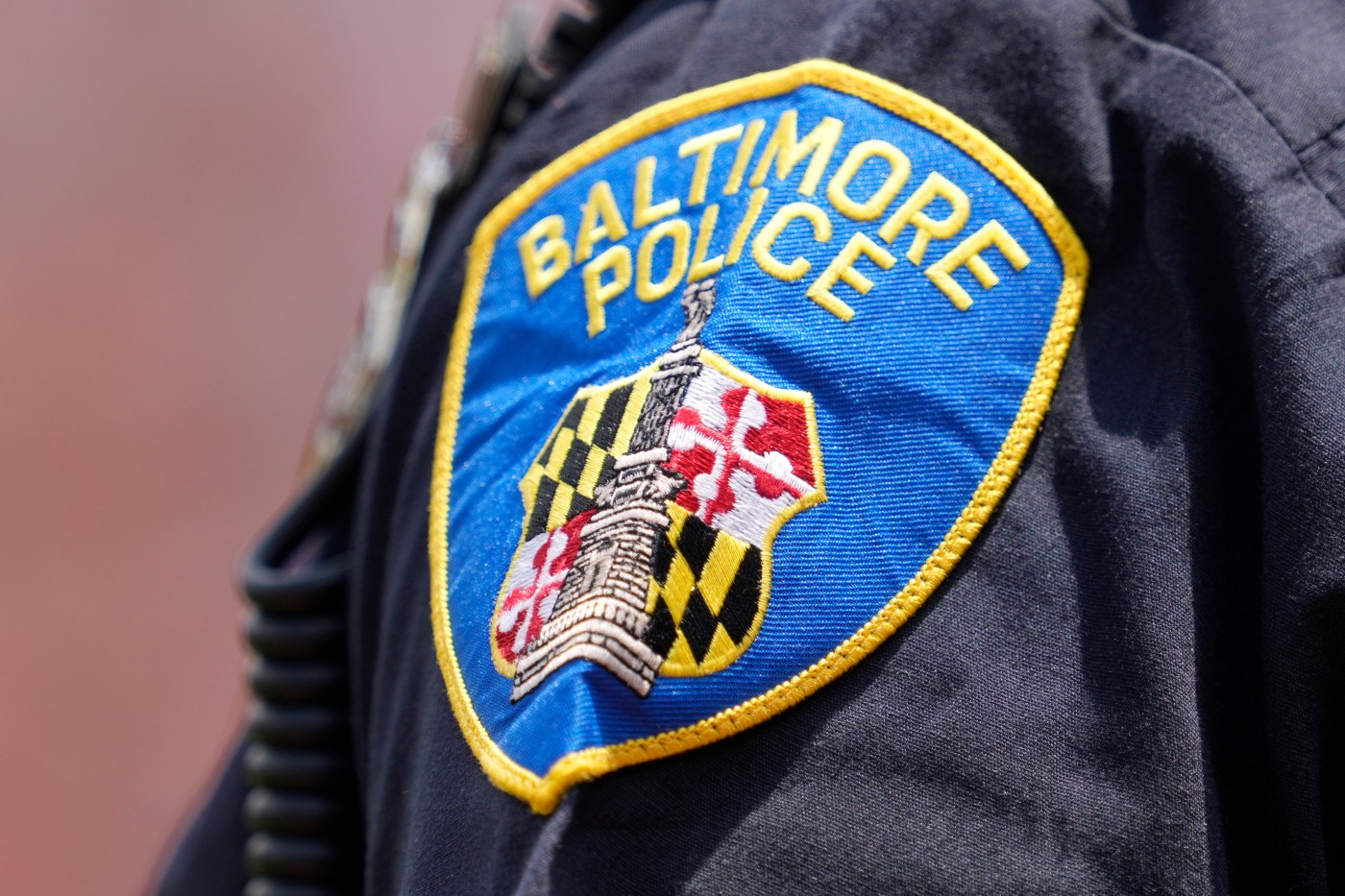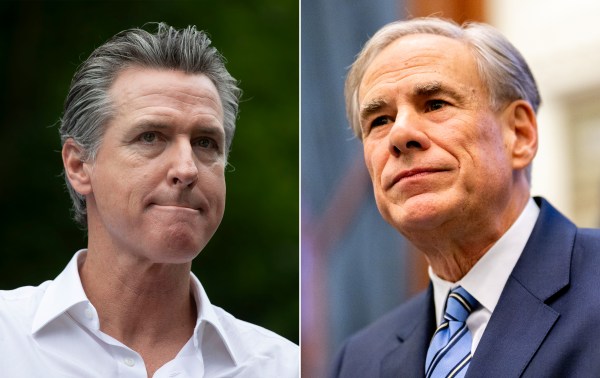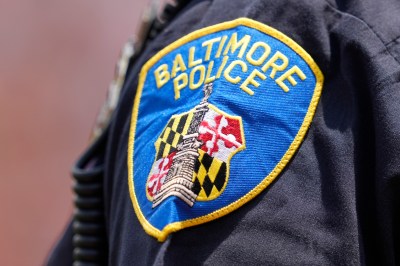And now, for some good news: In the first half of 2025, the number of murders in Baltimore—one of America’s most violent cities—has fallen to a 50-year low.
Why did this happen? And what, if anything, does it portend for crime nationwide?
There are a couple of different theories to answer that first question. In a viral post on social media, Judd Legum of Popular Information claimed that Baltimore achieved this historic drop in homicides because the city “adopted a comprehensive set of ‘woke’ policies, treating violence as a public health issue.”
“The core of Baltimore's strategy involves engaging ‘directly with those most intimately involved in and affected by violence,’” Legum added. “The city then addressed the root causes of violence with this population — financial, mental health, and housing issues. It provided life coaches.”
In an interview with The Dispatch, Baltimore Mayor Brandon Scott attributed the plummeting murder rate to a broad partnership with police, social workers, and prosecutors—but emphasized the success of his Group Violence Reduction Strategy (GVRS), the policy highlighted by Legum.
Starting in 2021 and working with the Baltimore police and researchers at the University of Pennsylvania, the GVRS identified “the small group of people that are the most likely to be the victim or perpetrator of gun violence,” Scott told The Dispatch.
“These folks get a letter directly from me that basically says, I know who you are. We want you to stay alive for you and your family, but you have to change the way you’re living. In order to do that, we will give you help, whether you need job training, job assistance, employment, mental health, behavioral health, relocation, whatever it is, we will help you,” Scott said. “But if you don't adhere to the mandate of stopping the violence, then we will remove you from our neighborhoods.”
It’s the second half of that equation—removing violent individuals from the streets—that seems to be a far better explanation for the drop in homicides than the provision of social services. According to a spokesman for Mayor Scott, “over 256 individuals identified as being at the highest risk of involvement in gun violence have been connected to services” through the program since January 2022.
Scott first took office in December 2020, a year that saw 335 murders in Baltimore. The number of murders ticked to 338 in 2021 and remained stubbornly high at 334 in 2022. But then there was a dramatic drop: There were 262 murders in 2023, 202 murders in 2024, and the city is on pace to have fewer than 150 murders in 2025.
What led to the big decrease since 2022? The most obvious inflection point was the defeat of Baltimore’s top prosecutor, progressive Marilyn Mosby, by moderate Ivan Bates. During the campaign, Bates promised to reverse Mosby’s non-prosecution policy for low-level offenders and to focus prosecutions on repeat violent offenders. Since taking office as state’s attorney in Baltimore, Bates has done just that.
“People talk about, ‘Oh, we have these programs.’ Those programs are good and great, but people aren’t changing until they’re first forced to change. And so what do we do to make people change?” Bates said in an interview with The Dispatch. The answer, according to Bates, is jail time for “repeat violent offenders.”
“What happened prior to my election is that an individual was found guilty of a gun charge, and they would [often] get probation,” Bates said. The statistics compiled by Bates’ office tell a persuasive story. In 2021 and 2022, under Mosby, the state’s attorney office “sent 781 of these individuals to prison—the repeat violent offenders. Our office, in 2023 and 2024, sent 1,723 individuals to prison.” Over the same time period—comparing 2021-22 to 2023-24—the number of homicide convictions jumped from 159 to 271 and the number of handgun cases referred to federal prosecutors—where charges usually carry stiffer penalties—jumped from 98 to 135.
Add it all up, and in her last two years in office, Mosby removed “1,038 individuals from the community that were violent offenders. In my first two years, we removed 2,129 violent offenders from the community,” Bates said. He noted that those charged in felony gun cases are not only the most likely to commit murders, they also tend to be the victims of murders. “Because they’re not there to rob, to shoot, and kill people, of course you’re going to see their crime numbers drop,” Bates added.
Mosby’s departure not only changed the way prosecutions were handled, it may have emboldened police officers to make more arrests. From 2021-22 to 2023-24, the total number of arrests in felony gun cases increased from 2,186 to 2,443. “I do think when my administration came in, the police felt that they were able to be more proactive,” Bates said. “There was a strained relationship between the police and the prior state’s attorney, and when we came in, we were once again partners with everybody.”
Mosby had a strained relationship with the police department in part because of her decision to prosecute six police officers over the death of Freddie Gray, who died while being transported in a police van in 2015. None of the six police officers were convicted on charges related to Gray’s death, but following the case murder rates spiked in Baltimore. “Just to have Mosby out of there, suddenly there are new rules,” Peter Moskos, a former Baltimore police officer who is now a professor of criminal justice at John Jay College, told The Dispatch. “If you see someone suspicious in an alley, you don’t have to stop them,” Moskos said, describing the mentality of some police officers worried about being wrongfully prosecuted.
Ivan Bates“People talk about, ‘Oh, we have these programs.’ Those programs are good and great, but people aren’t changing until they’re first forced to change. And so what do we do to make people change?”
Moskos pointed to Anthony Barksdale, deputy mayor of public safety—who was appointed by Scott in 2022—as another partial explanation for the drop in crime. Barksdale is “a smart guy, and he relentlessly wants to focus on repeat violent offenders, very much, taking after the 1990s playbook in New York City,” said Moskos, author of a book about New York’s 1990s crime drop. Barksdale, a former deputy police commissioner, had a track record of spearheading a drop in the murder rate back in 2007.
What, if anything, does the experience of Baltimore mean for the country? Murders began to spike nationwide in 2020, amid the pandemic and after the riots sparked by the murder of George Floyd, and have only recently returned to 2019 levels. The trend that happened nationwide after the 2020 riots actually occurred in Baltimore five years earlier following the Freddie Gray case. After 2015, Baltimore had already reached “an equilibrium of de-policing and more violence,” Moskos said, so it didn’t see a big spike in murders after 2020.
By the end of the year, there are some estimates “we could get back to 2014, which is the lowest figure on record” for homicides nationwide, Manhattan Institute scholar Charles Fain Lehman told The Dispatch. Lehman attributed this trend to both the pendulum swinging back against the anti-police movement that took hold nationwide in 2020 and also to the fact that an aging population ought to naturally have a lower crime rate.
Moskos was reluctant to suggest Baltimore’s historic low is a sign of where other cities will be a few years from now. “Crime is local,” he said. “What is happening in Baltimore—it’s not the tide or some magnetic field that’s affecting everybody.” If that’s right, other cities should only expect historic drops in homicides if they follow the example of Baltimore by taking repeat violent offenders off the streets.







Please note that we at The Dispatch hold ourselves, our work, and our commenters to a higher standard than other places on the internet. We welcome comments that foster genuine debate or discussion—including comments critical of us or our work—but responses that include ad hominem attacks on fellow Dispatch members or are intended to stoke fear and anger may be moderated.
With your membership, you only have the ability to comment on The Morning Dispatch articles. Consider upgrading to join the conversation everywhere.